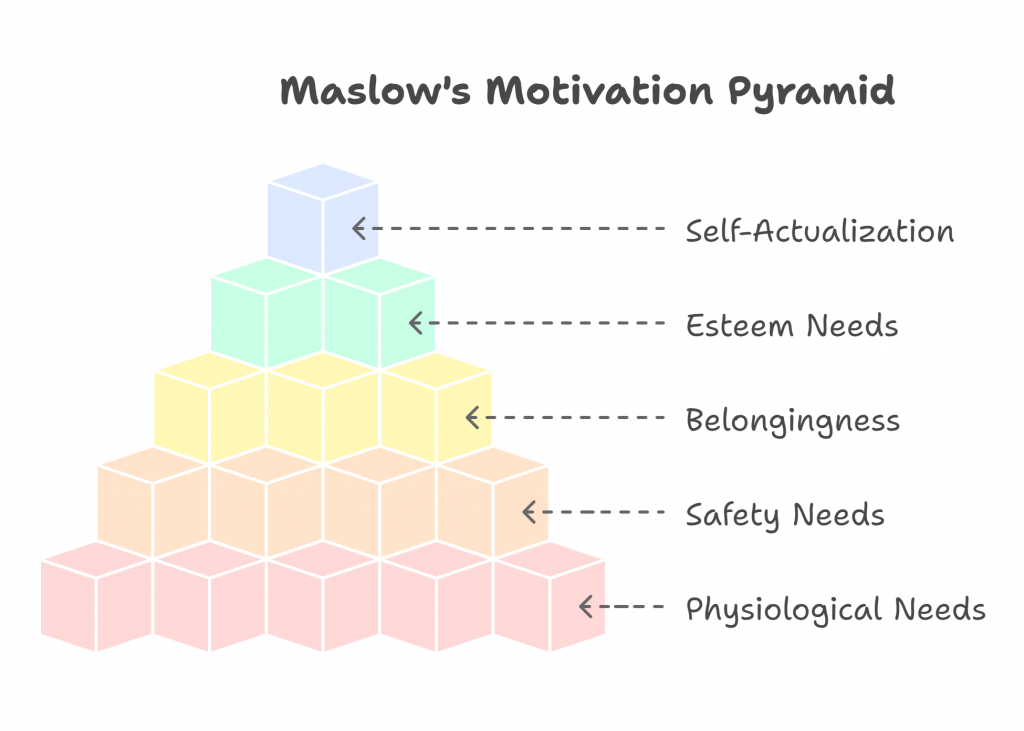Affiliate marketing has become a popular way for individuals and businesses to monetize their online presence, but amidst its allure, numerous myths and misconceptions abound. In this comprehensive guide, we delve into the truths behind affiliate marketing, debunking common myths that often lead to unrealistic expectations. From understanding the fundamentals of affiliate marketing to navigating potential pitfalls and implementing essential strategies for success, this article will provide valuable insights for both beginners and experienced affiliate marketers. Join us as we uncover the myths, mistakes, and must-know strategies that are integral to thriving in the world of affiliate marketing. 🚀📈✨

1. Understanding Affiliate Marketing: Debunking Common Myths 🎭🤔🔍
1.1 The Definition of Affiliate Marketing 🎯💰🔗
Affiliate marketing is like having a sidekick who promotes products for companies and earns a commission for every successful sale they drive. It’s a win-win for everyone involved! 🤝💸🎉
1.2 Myth: Affiliate Marketing is Easy Money 💭💸🚀
Contrary to popular belief, affiliate marketing isn’t a get-rich-quick scheme. It requires time, effort, and strategic planning to see tangible results. But hey, Rome wasn’t built in a day either! 🏗️⏳🔥
1.3 Myth: Affiliate Marketing is Saturation-Proof 📈🌍❌
While affiliate marketing is a fantastic opportunity, the market can get crowded. Staying ahead means being innovative, building relationships, and offering something unique. It’s like trying to stand out at a pizza party—extra toppings, anyone? 🍕✨🎭
2. Avoiding Pitfalls: Common Mistakes to Watch Out For ⚠️🤯🚧
2.1 Overpromoting and Losing Credibility 🛑💬😵
Nobody likes a pushy salesperson, online or offline. Balance is key—promote products authentically and in a way that resonates with your audience. Think of it as recommending a good book to a friend, not pushing encyclopedias on them. 📚🎯🤝
2.2 Ignoring Compliance Guidelines and Legalities ⚖️📜❌
Rules are meant to be followed, especially in affiliate marketing. Being transparent about your partnerships and adhering to regulations isn’t just a suggestion; it’s the law. Plus, no one wants to be on the wrong side of the internet police! 🚨💻📢
2.3 Failing to Disclose Affiliate Relationships 🔍🔒💬
Trust is the currency of the internet, and honesty is its backbone. Always disclose your affiliate relationships to your audience—it builds credibility, fosters trust, and keeps you out of hot water. Imagine it as your online “truth serum.” 💎🗣️🔓
3. Essential Strategies for Affiliate Marketing Success 📚📈💡
3.1 Content Creation and SEO Optimization ✍️🔎🚀
Content is king, but only if the king is optimized for search engines. Create valuable, engaging content that resonates with your audience, sprinkle in some SEO magic, and watch your affiliate marketing kingdom grow. It’s like having a secret recipe for online success! 🎩📖✨
3.2 Building Trust and Authority with Your Audience 🏗️🤝🔑
Trust is the foundation of any successful relationship, including the one you have with your audience. Be authentic, provide value, and showcase your expertise to become the go-to guru in your niche. It’s like being the Yoda of affiliate marketing—wise, trusted, and full of knowledge. 🧙♂️💡🎯
4. Choosing the Right Affiliate Programs: Tips and Considerations 🎯💰🤔

4.1 Niche Relevance and Product Quality 🛍️🔍💎
Just like finding the perfect avocado at the supermarket, choosing the right affiliate programs requires a keen eye for quality and relevance. Select products that align with your niche and offer value to your audience. It’s like matching puzzle pieces—a perfect fit equals success! 🥑🧩✅
4.2 Commission Structures and Payment Terms 💵📊⏳
Money talks, but so do the terms of payment. Consider commission rates, payment schedules, and cookie durations when selecting affiliate programs. It’s like picking the right ice cream flavor—go for the one that satisfies your cravings and leaves you wanting more! 🍦💸🎉
5. Building a Strong Relationship with Your Audience and Partners 🤝💬🔥
Alright, friend, let’s talk about the importance of building relationships in the world of affiliate marketing. It’s not just about promoting products left and right; it’s about connecting with your audience on a deeper level. Show them you’re more than just a salesperson by providing value, being authentic, and engaging with them. 🌍💡❤️
When it comes to your affiliate partners, communication is key. Don’t ghost them once the deal is done. Stay in touch, provide feedback, and work together to optimize your campaigns. Remember, it’s a two-way street, so nurture those relationships like you would a prized houseplant: with care and attention. 🌱📞🤝
📈 Affiliate Disclaimer 💡⚠️💰
This article contains affiliate links, which means we may earn a commission if you make a purchase through them. Rest assured, we only recommend products we truly believe in. Your support helps keep this content free and valuable! 🙌🎯🔥
6. Leveraging Data and Analytics for Optimizing Affiliate Campaigns 📊🔎🚀

Now, let’s dive into the world of data and analytics. Sure, it may sound like a snooze-fest, but trust me, it’s where the magic happens in affiliate marketing. Pay attention to those numbers, darling. Track your clicks, conversions, and everything in between to understand what’s working and what’s not. 📉💡📈
Use this data to optimize your campaigns like a pro. Tweak your strategies, test new ideas, and stay ahead of the game. Remember, analytics are your secret weapon in the world of affiliate marketing. Embrace them, love them, and watch your success soar to new heights. 🎯📊✨
🎡 FAQ 💬❓🤔
💡 What are some common misconceptions about affiliate marketing? 🔍🤯💭
One major misconception is that it’s “passive income” from day one. The reality? It takes consistent effort, content creation, and smart marketing strategies to build a sustainable income stream. Think of it as planting seeds—you need to nurture them before reaping the rewards. 🌱📈🌟
📈 How can I avoid making mistakes that could hinder my affiliate marketing success? 🚧💡🚀
Start by choosing products that align with your brand and audience. Also, don’t overpromote—build trust first. And always, always follow FTC disclosure guidelines to stay compliant! ⚖️📜✅
🧩 What are the key strategies for building strong relationships with both my audience and affiliate partners? 🤝💡💬
Engagement is key! Respond to comments, offer valuable insights, and build a community. When it comes to partners, maintain open communication, provide feedback, and collaborate on promotions. Strong relationships lead to long-term success. 🌍🤝🔥
🌐 How can I effectively analyze data and utilize analytics to optimize my affiliate marketing campaigns? 📊🔎💰
Use tools like Google Analytics and affiliate dashboards to track performance. Look at metrics like conversion rates, click-through rates, and customer behavior. Split-test different strategies to see what works best. Data is your best friend—use it wisely! 🎯📊🔍
P.S. NO EXPERIENCE NECESSARY. We *want* newbies. Don’t know
how to build a website? NO PROBLEM! Don’t know how to
advertise? NO PROBLEM! We will build your site and teach you
how to succeed online! Visit the link below for details:
https://www.howtoquitthedayjob.com/free-website/




























